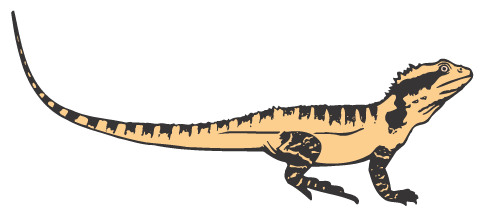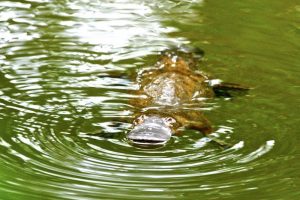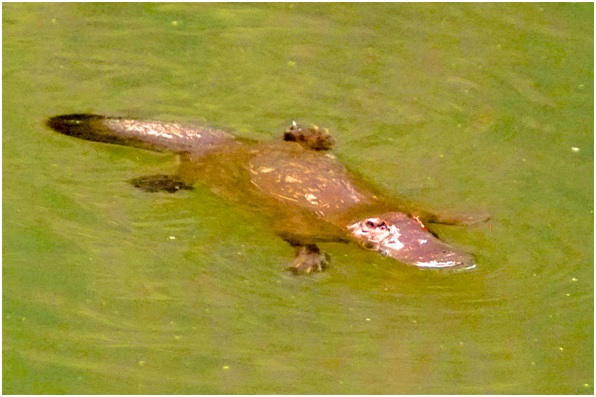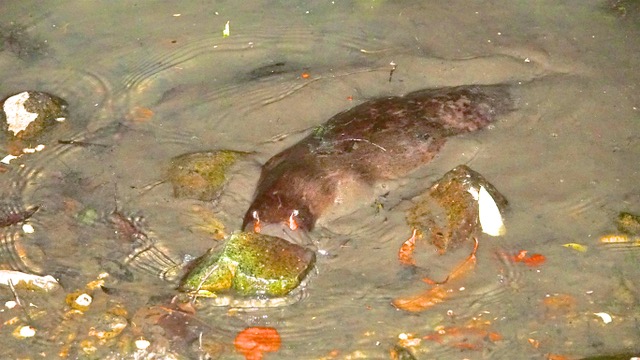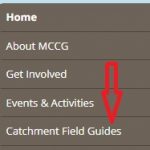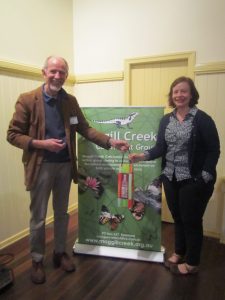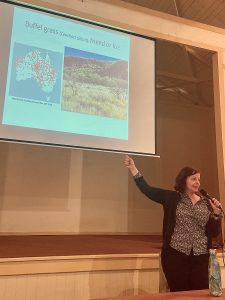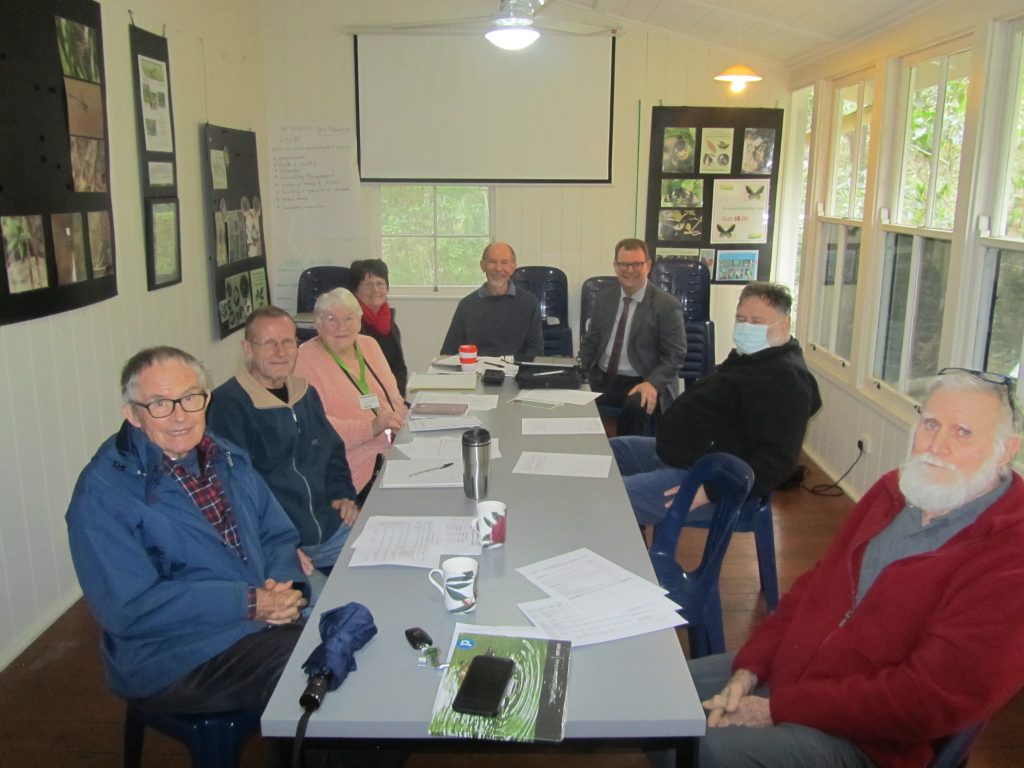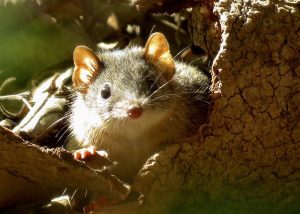THECA will be holding a wildlife show run by well-known wildlife expert Martin Fingland, of “Geckoes Wildlife”, on Sunday 16 August. Come and meet a range of Australian native animals, and learn fascinating things about them.
Martin will run 2 consecutive one-hour sessions, the first starting at 9.30am, the second at 10.45am. Book for one or both. This event is great for families, especially children.
As COVID19 means that numbers are an issue, booking is essential. Please RSVP to Margaret Palmer on [email protected], stating which session you wish to attend, and providing the number of people coming and their contact details. Please note that the event is subject to rules surrounding gatherings, which may change without warning.
THIS EVENT IS FREE FOR THECA MEMBERS. For others, please pay $10 per family at the door. For further information on Geckoes Wildlife, please go to their website at www.geckoeswildlife.com.au.
